Prepare to be amazed…
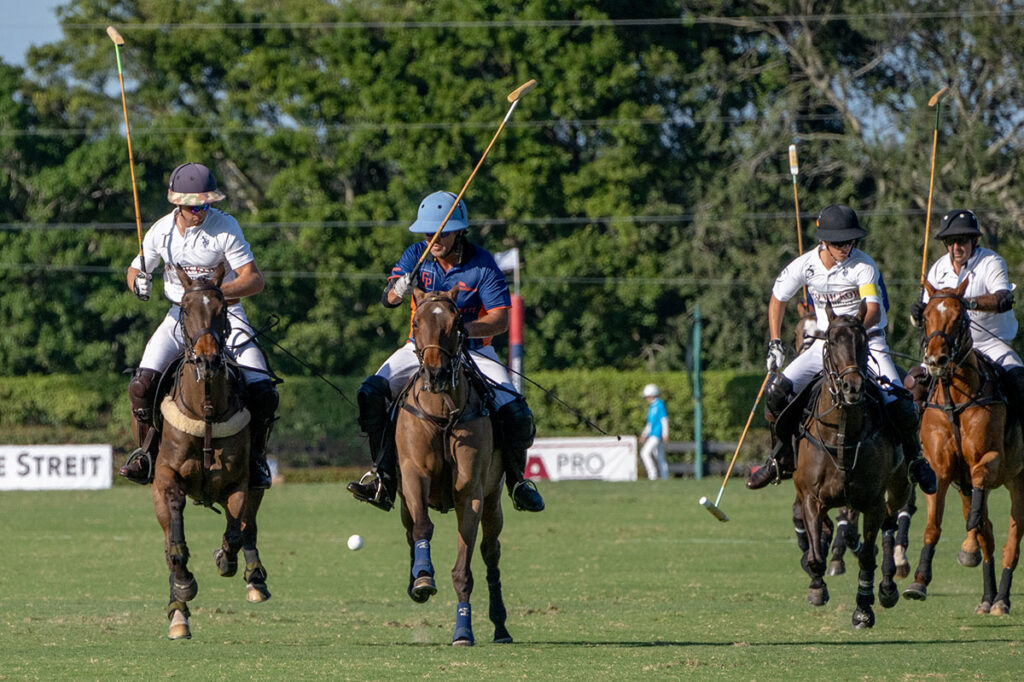
Shooting polo – the sport of kings, with my Nikon Z9 and the Tamron 70-300mm at 300mm, f/7.1, 1/2000 second, ISO 320.
For the past few weeks, I have had the pleasure of field testing the brand-new Tamron 70-300mm f/4.5-6.3 Di III RXD zoom lens – the company’s first lens dedicated to the Nikon Z-mount system.
Over the decades, and especially in recent years, Tamron has earned an excellent reputation for quality zoom lenses at reasonable prices.
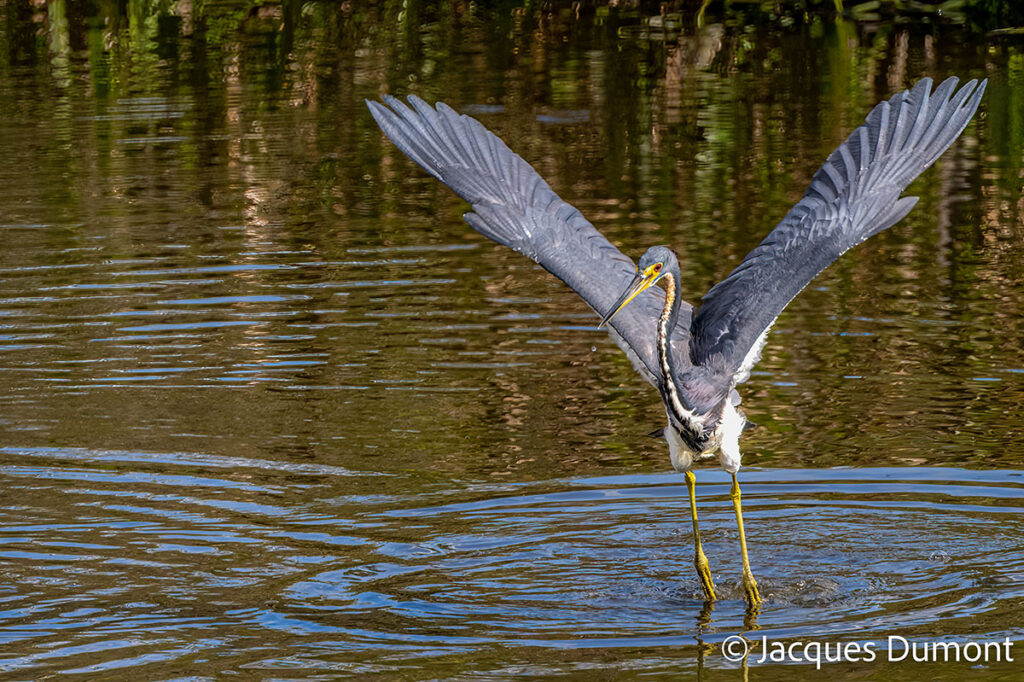
A Great Blue Heron spreads its wings – Nikon Z9 and Tamron 70-300mm at 300mm, f/7.1, 1/1600 second, ISO 720.
While I am a dyed-in-the-wool 100% Nikon user, with a personal system encompassing the Z9 and Z7II cameras as well as the entire original Nikon Z lens range, I was intrigued by this new Tamron lens, and I requested a review copy to see for myself if all the excitement is justified.
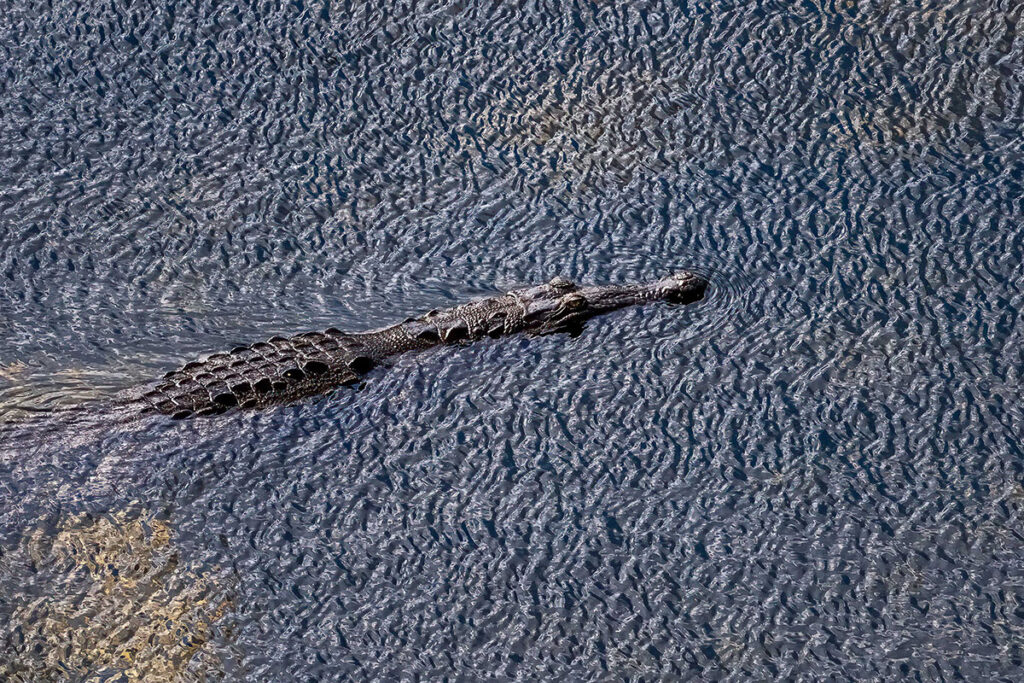
Here’s why you don’t go swimming in unfamiliar waters – that’s a 10-foot long Alligator, shot with my Nikon Z7II and the Tamron 70-300mm lens, at 300mm, f/6.3, 1/2000 second, ISO 800.
At first glance, this compact and lightweight lens (545gr / 19.2 oz) is an appealing addition to the mirrorless photographer’s kit. The lens supports M/A mode (e.g., manual focus replacement), as well as all Nikon autofocus modes. The lens is 5.9″ long (150.3mm) at the 70mm setting, extending to nearly 8.5″ (210mm) at the 300mm setting. Optical construction includes 15 elements in 10 groups with a suitable arrangement of LD (Low Dispersion) elements. The lens features Tamron’s BBAR (Broad-Brand Anti-Reflection) coating, for excellent anti-glare performance.
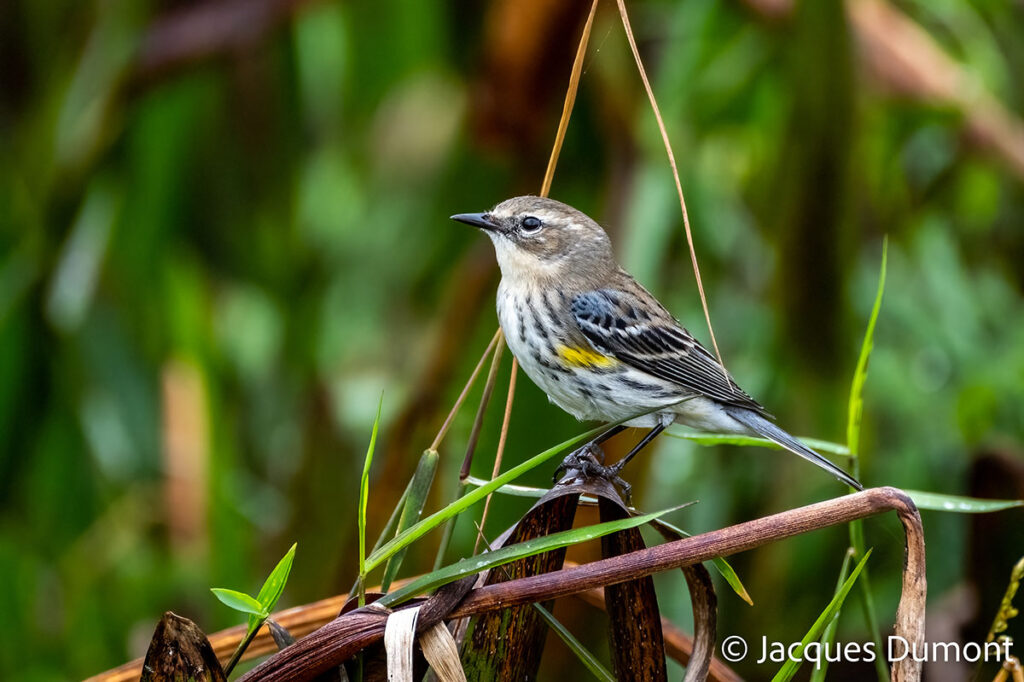
This beautiful little bird is a Yellow-rumped warbler, photographed with my Nikon Z9 with the Tamron 70-300mm, 300mm, f/6.3, 1/1000 second, ISO 1250.
The 70-300mm focal length range is ideal for portraits, sports, and wildlife photography – I wanted to test its performance in terms of focus speed and accuracy when photographing birds in flight.
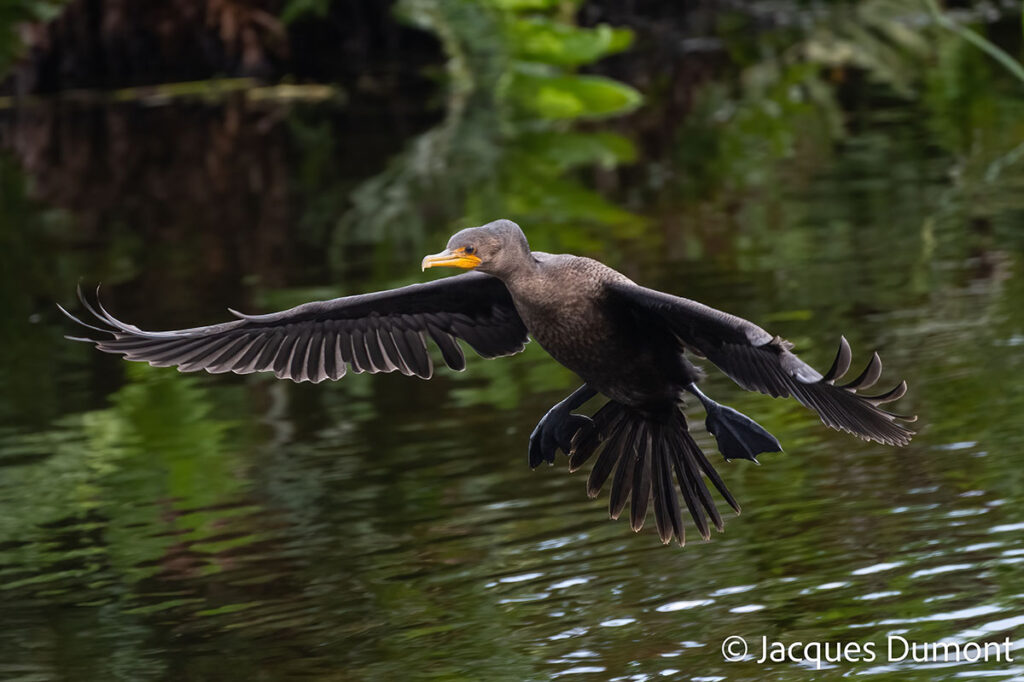
Fishermen don’t like the Cormorant – it catches more fish than they do! I caught the bird coming in for a landing. Shot with my Nikon Z9 and the Tamron 70-300mm at 300mm, f/6.3, 1/100 second, ISO 1400.
Let’s go – here are my preliminary results.
While many people concentrate their research on the resolution charts, my field test was not intended to be a scientific evaluation, but rather a practical test, using the same techniques that I use on a daily basis. I judge a lens on the basis of build quality, sharpness, and its ability to acquire and maintain critical focus in an active shooting situation.
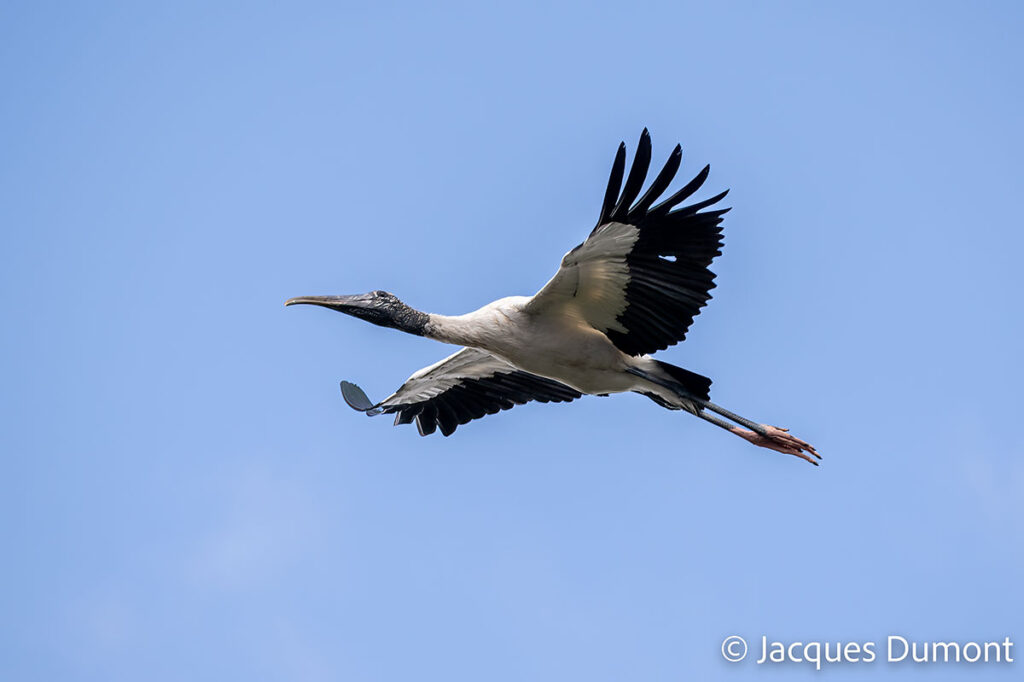
Wood Stork in flight, captured with my Nikon Z9 and the Tamron 70-300mm at 300mm, f/ 5.6, 1/1000 second, ISO 110.
I was very impressed with the speed and accuracy of Tamron’s RXD (Rapid eXtra-silent stepping Drive) autofocus system, which uses a fast stepper motor, that is smooth and quiet.
The close focus limit of the lens varies depending on the focal length, with a minimum focus distance at 70mm giving you sharp images at just under three feet (0.8 m) from your subject. Zoom to the 300mm focal length and your close focus limit is just under five feet (1.5 m).
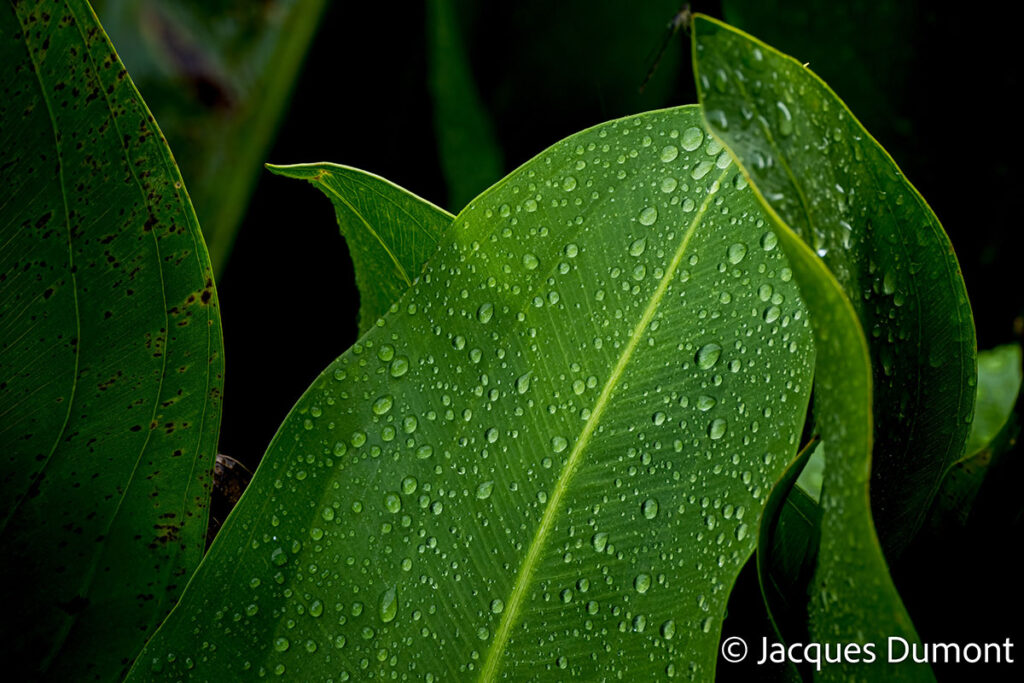
Water drops on leaf. Nikon Z9 and Tamron 70-300mm at 300mm, f/11, 1/125 second, ISO 44.
While this is a close focusing zoom lens, it is not a “macro” lens – your maximum magnification ranges from 1:9.4 at 70 mm, to 1:5.1 at 300 mm. In practical terms, you can use the lens for close-up images of small birds and other creatures while maintaining a reasonable distance from your subject, which is a distinct advantage over “macro” lenses that have a very short lens to subject working distance.
Build Quality and Handling
The Tamron 70-300mm f/4.5-6.3 is relatively light at just 20.5 ounces (580 g), compared to other lenses with similar focal length range. This is largely due to Tamron’s use of composite materials. The lens has a metal lens mount ring and features a 67mm filter size.
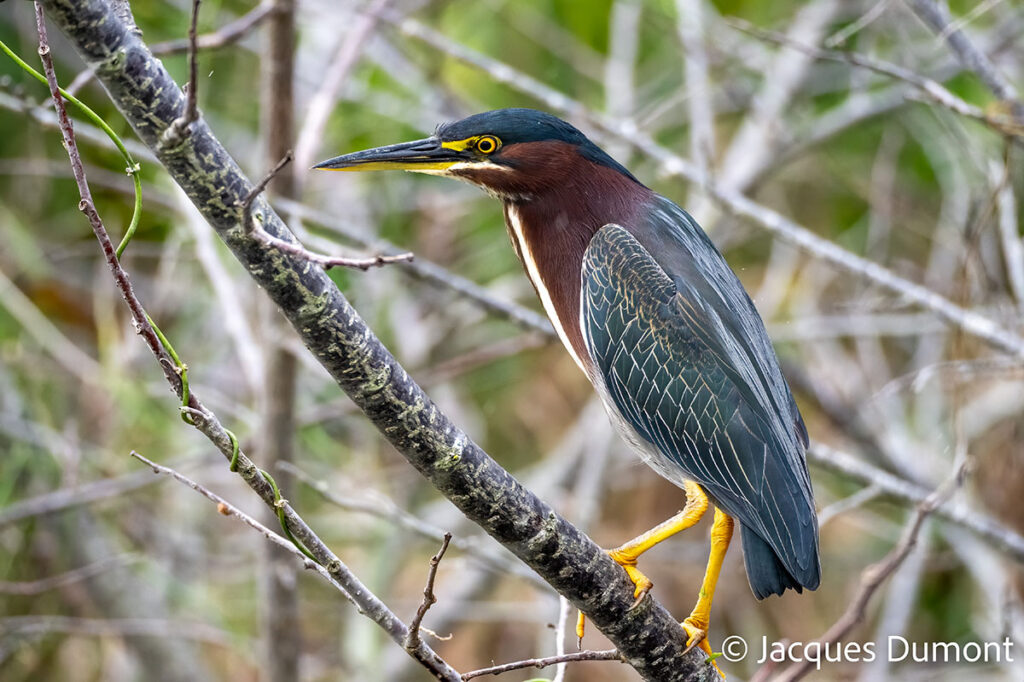
This Green Heron perched briefly and posed for me… Nikon Z9 and Tamron 70-300mm at f/5.6, 1/1250 second, ISO 1800.
The lens has a USB-C port that lets you use Tamron’s Lens Utility software to update your firmware. All lens correction adjustments available in the camera are supported. This lens comes with a hood, and features moisture-resistant construction.
Easy to use, the lens basically has only two controls, the focus ring and the zoom ring. Aperture is controlled electronically through the camera.
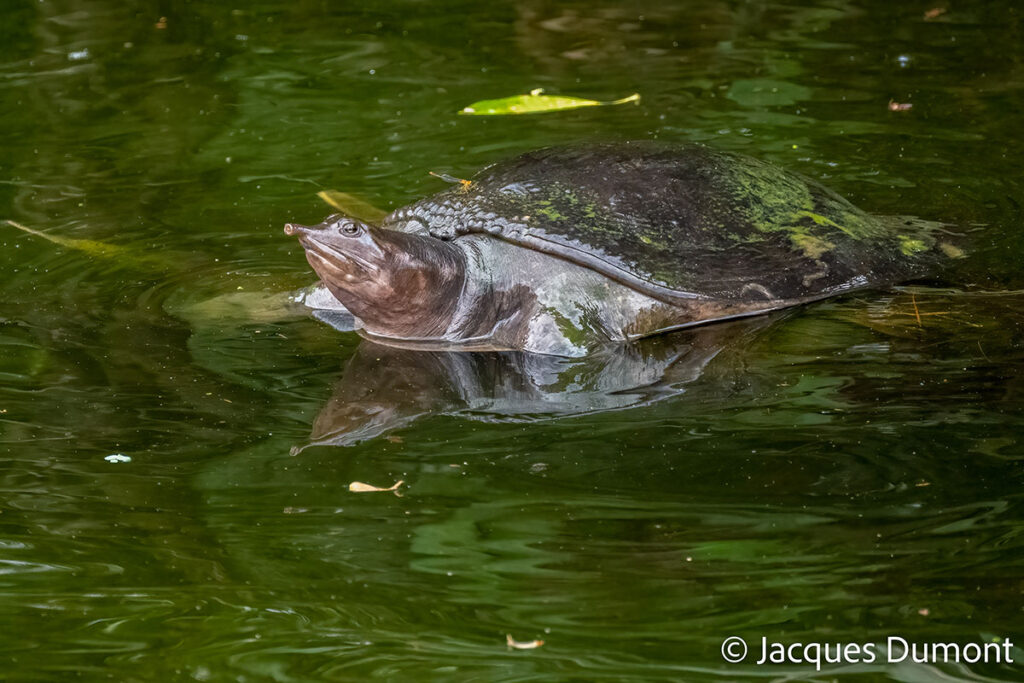
A Florida Softshell turtle, providing a slow-moving wildlife subject. It was an easy capture using my Nikon Z9 and the Tamron 70-300mm at f/6.3, 1/1250 second, ISO 5000.
In the field, this lens is a pure pleasure to handle. Balance on the Z9 and the Z7II is perfect. The focus works superbly and is very fast.
I used the Tamron zoom for sports photography, shooting surfers with my Nikon Z7II camera. The results were crisp, perfectly exposed, and my “keeper” rate was almost 100% – only spoiled when an inquisitive seagull swooped into the frame to disrupt the composition.
I switched venues to photograph a polo match, and, once again, the results were spectacular.
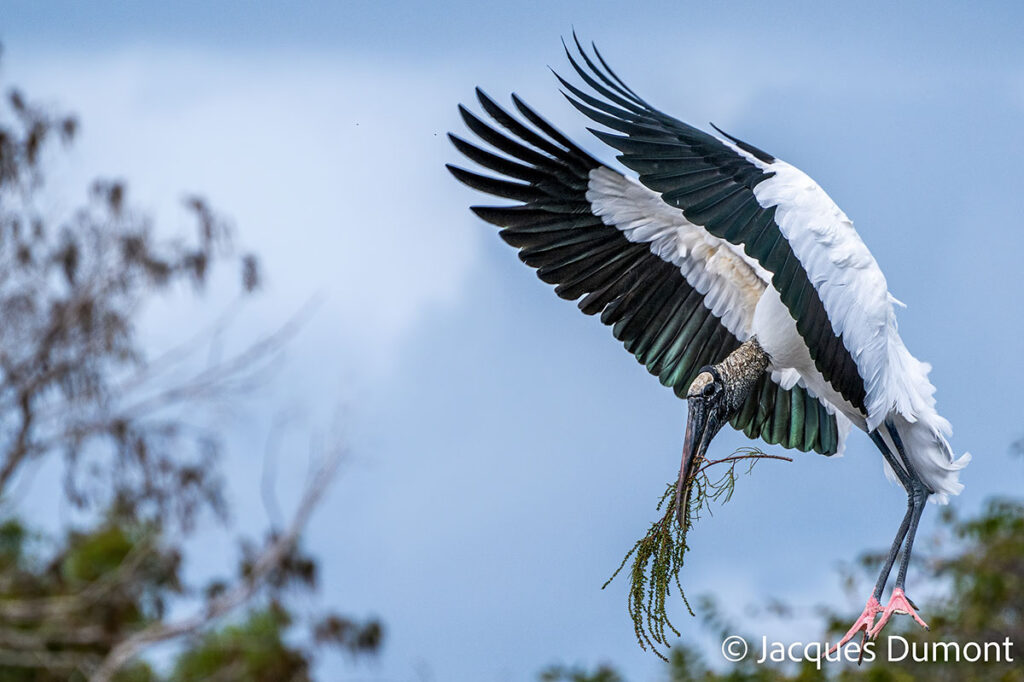
A Wood Stork, photographed with my Nikon Z9 and the Tamron 70-300mm at 300mm, f/7.1, 1/1600second, ISO 250.
The tech team at Tamron told me that the lens was designed to deliver excellent optical performance in the center, as well as in the corners of the frame at the 300mm end of the zoom range, which is the focal length where most photographers will use this lens.
Having satisfied myself that the Tamron was up to the sports photography challenge, I mounted the lens on my Nikon Z9 to see how the kit worked for photos of birds in flight. I was pleasantly impressed by the fast focus acquisition of the Tamron 70-300mm and the focus tracking. The Z9 with this lens followed my “winged” subjects perfectly. I activated eye detection and to my eye, the lens performed as well as my Nikon lenses, which are far more expensive.
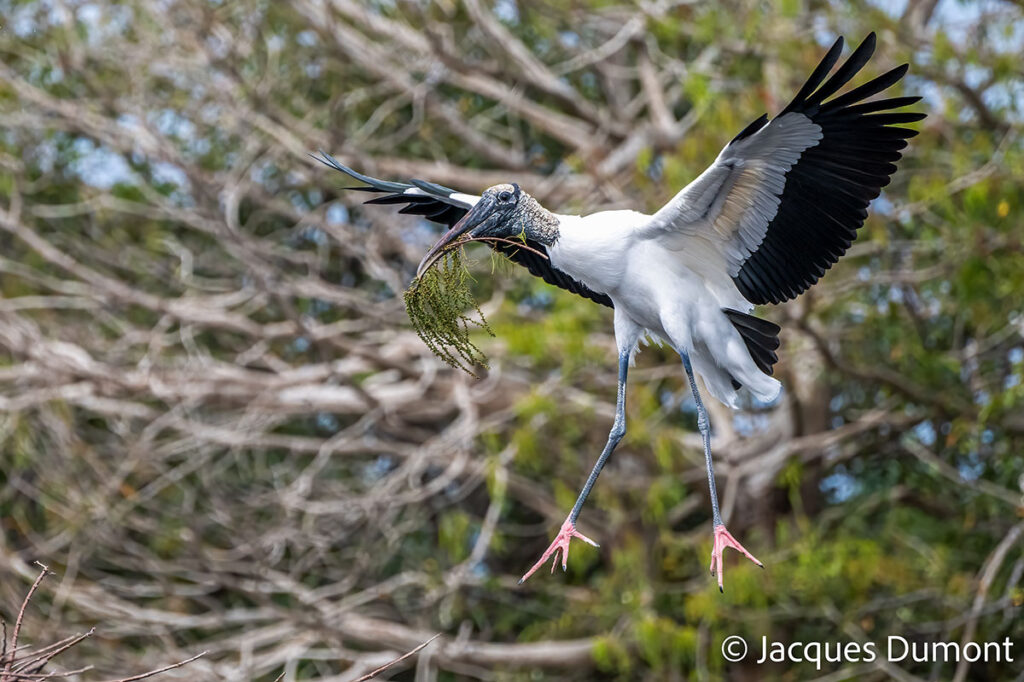
I captured this Wood Stork taking off with my Nikon Z9 and the Tamron 70-300mm, shooting at 300mm f/7.1, 1/1600 second, ISO 720.
I was initially skeptical as to whether the Tamron lens could match, or even come close to the Nikon lenses in practical situations, and I was pleasantly surprised. Still curious as to the overall effectiveness of this lower cost alternative to the Nikon lenses, I tried several focus modes. I was particularly impressed with the Tamron’s performance on my Nikon Z9, especially in burst mode at 30 frames per second. The eye detection was also effective, I must say that I was very surprised – the response of the lens was positive.
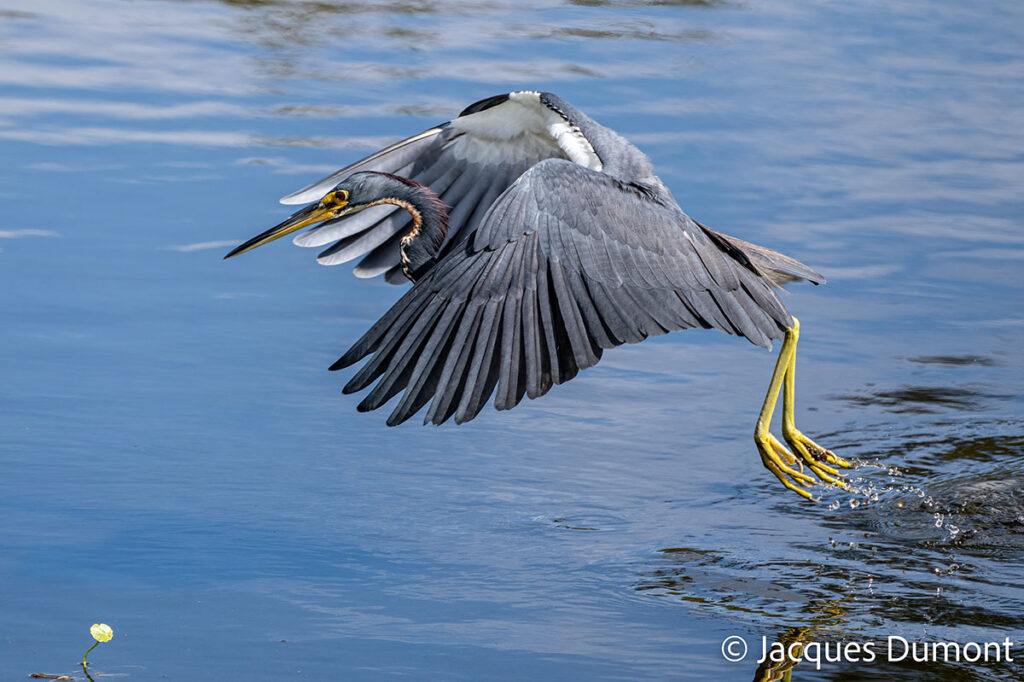
Louisiana (tricolored) Heron, taken with my Nikon Z9 and the Tamron 70-300mm at f/7.1, 1//600 second, ISO 450.
Great value at a reasonable price!
Over the course of the test, I tried pictures of drops of water on a leaf while I waited for a downpour to pass, and I liked the result… what started as a curious effort to pass the time turned into a very satisfying addition to my portfolio.
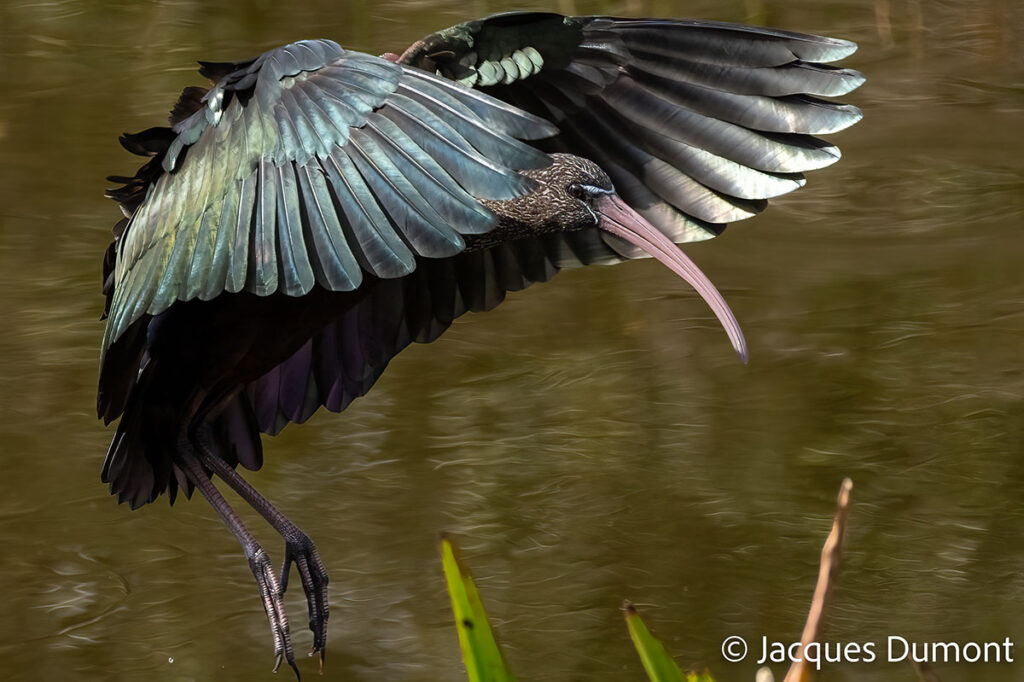
Here’s a Glossy Ibis, coming in for a landing. Captured with my Nikon Z9 and the Tamron 70-300mm at f/7.1, 1/1600 second, ISO 720.
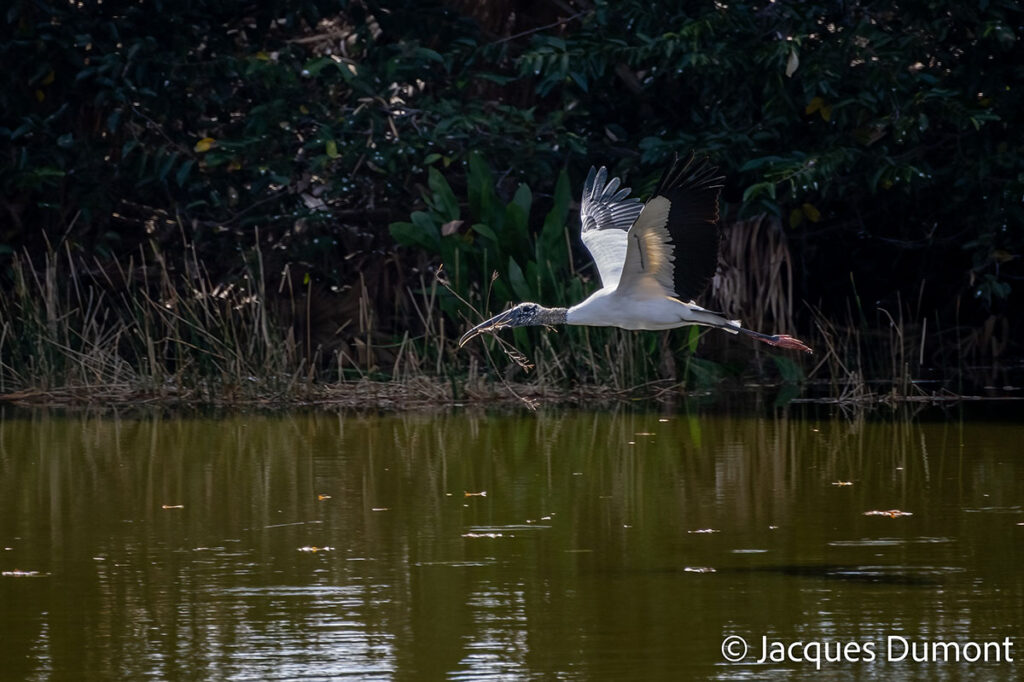
A Wood Stork swoops low over the water, looking for his next meal. Nikon Z9 with Tamron 70-300mm at 300mm f/6.3, 1/1250 second, ISO 500.
Please keep in mind that these results are from my personal experiments with the lens and are absolutely not intended to constitute a thorough technical test, but based on my usual type of photographic exploits, I can definitely say that the Tamron 70-300mm f/4.5-6.3 is a very good lens.
The only downside that I discovered was that my Nikon 1.4X teleconverter did not work with this Tamron lens.
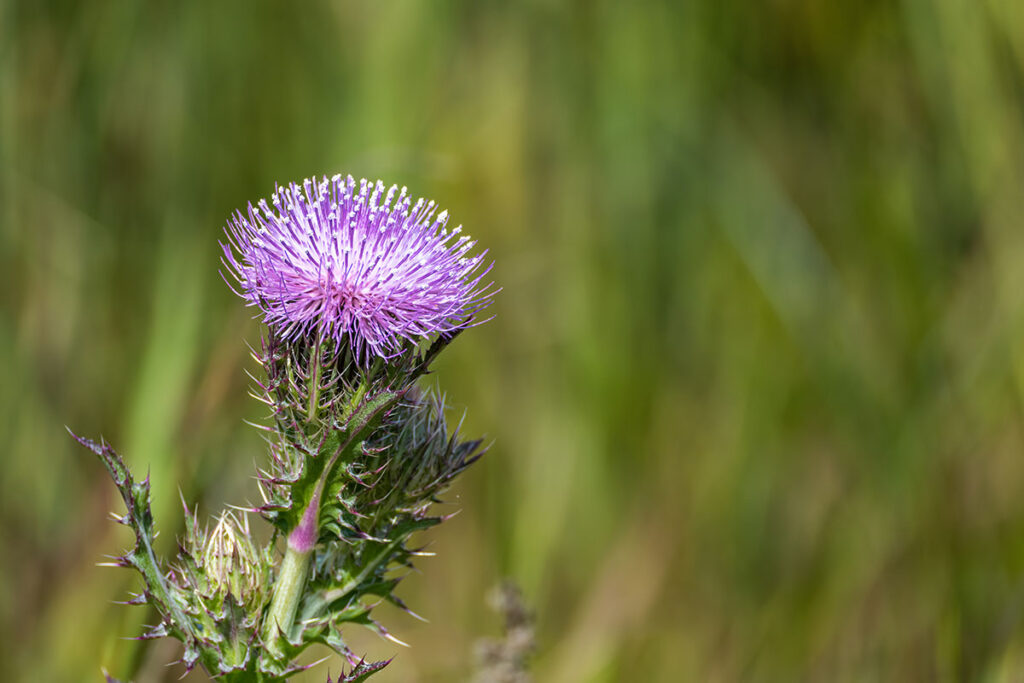
I believe this is a Pink Thistle, picked out from the background with my Nikon Z7II and the Tamron 70-300mm, shooting at 237mm, f/6, 1/1000 second, ISO 160.
With a maximum aperture of f/6.3 at 300mm, you will want to select a shutter speed above 1/1000 second whenever possible. Thanks to the sophistication of the latest camera sensors, you can achieve this shutter speed by increasing ISO – with far better results than you may have experienced with the older DSLR bodies.
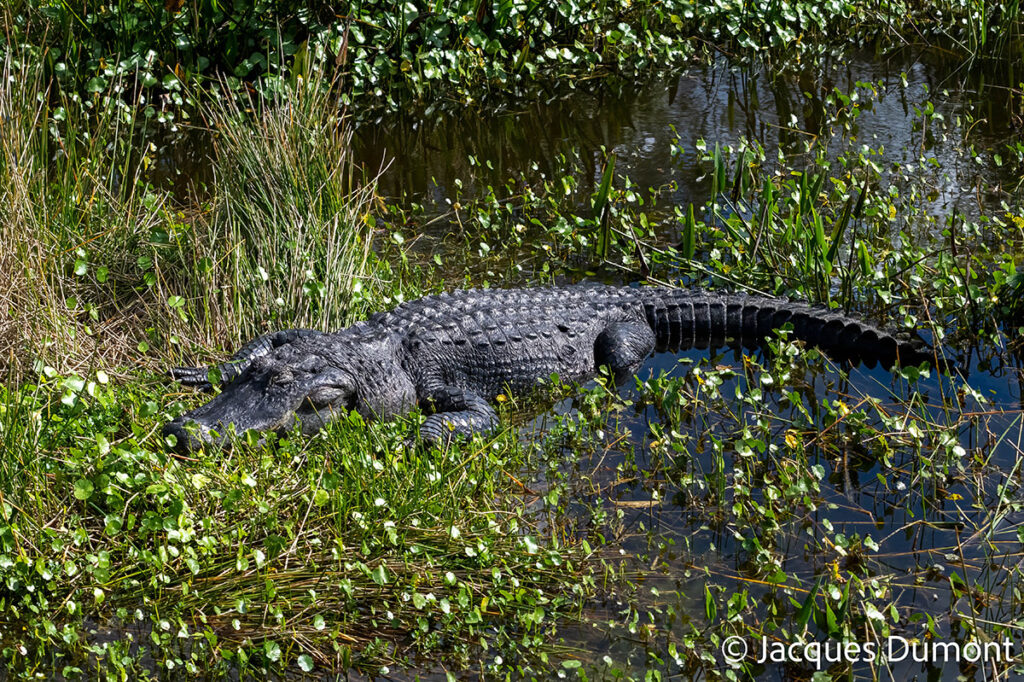
This is about as close as I wanted to get to this Alligator – here is the image from about 15 feet away, shot with my Nikon Z9 and the Tamron 70-300mm at 70mm, f/7.1, 1/6400 second, ISO 2200.
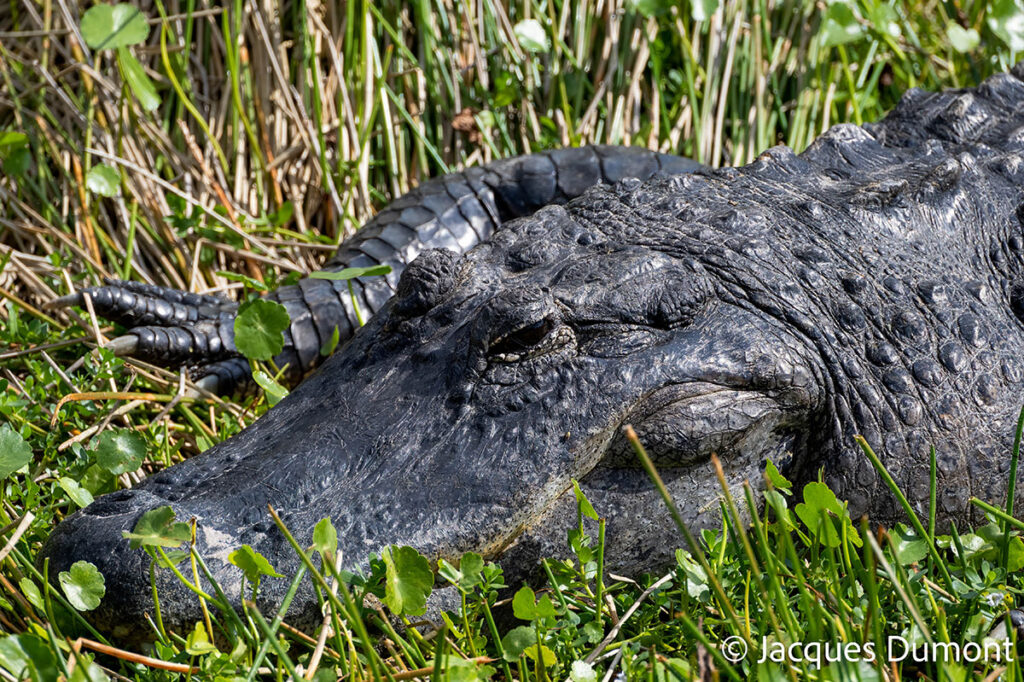
Here’s why you need a telephoto zoom lens – the Alligator was basking in the sun, waiting to eat me if I got any closer, so I used my Nikon Z9 and the Tamron 70-300mm at 300mm, f/7.1, 1/1600 second, ISO 500.
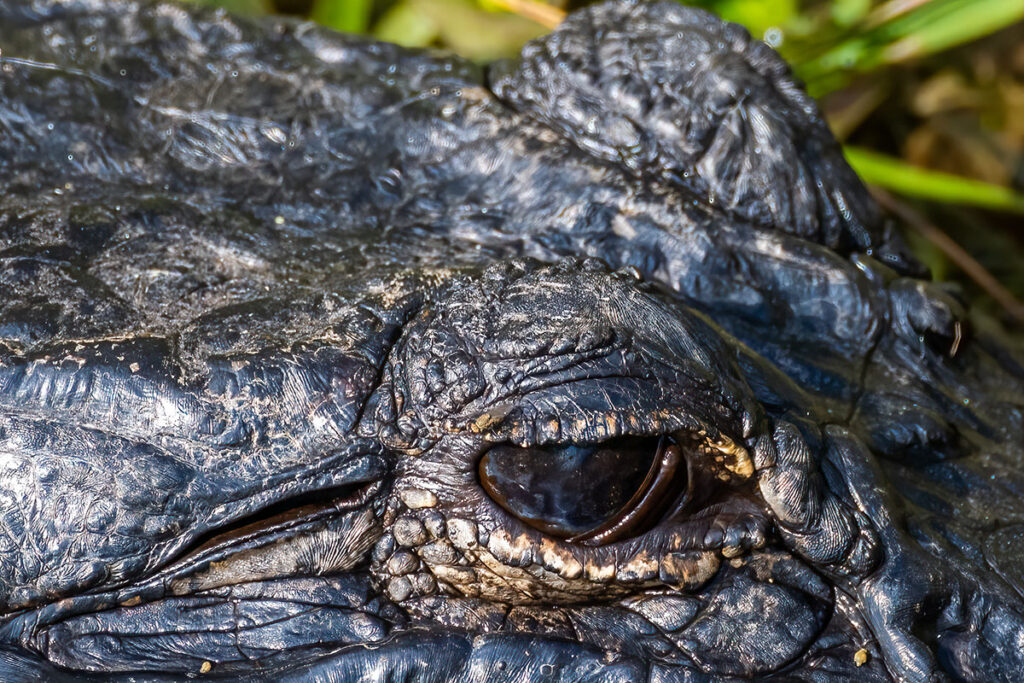
Here’s looking at you, kid… Alligator eye, captured with my Nikon Z7II and the Tamron 70-300mm at 273mm, f/6.3, 1/640 second, ISO 320.
The Bottom Line…
The 70-300mm f4.5-6.3 Di III is Tamron’s first lens for Nikon Z-mount cameras. It is affordable, lightweight, and quite well equipped with a customizable focus/function ring, full weather sealing and maximum magnification of 1:4.6 at a very good lens to subject working distance. It produces sharp to very sharp images at all focal lengths on the full frame Nikon bodies. The AF is fast and reliable and the Bokeh is nice enough for an f4.5-6.3 lens. The lack of optical image stabilization (which Tamron refers to as VC – vibration compensation) makes the lens a “second choice” for use on Nikon’s non-stabilized crop sensor cameras. But other than that, Tamron’s 70-300mm f4.5-6.3 Di III clearly deserves a recommendation.
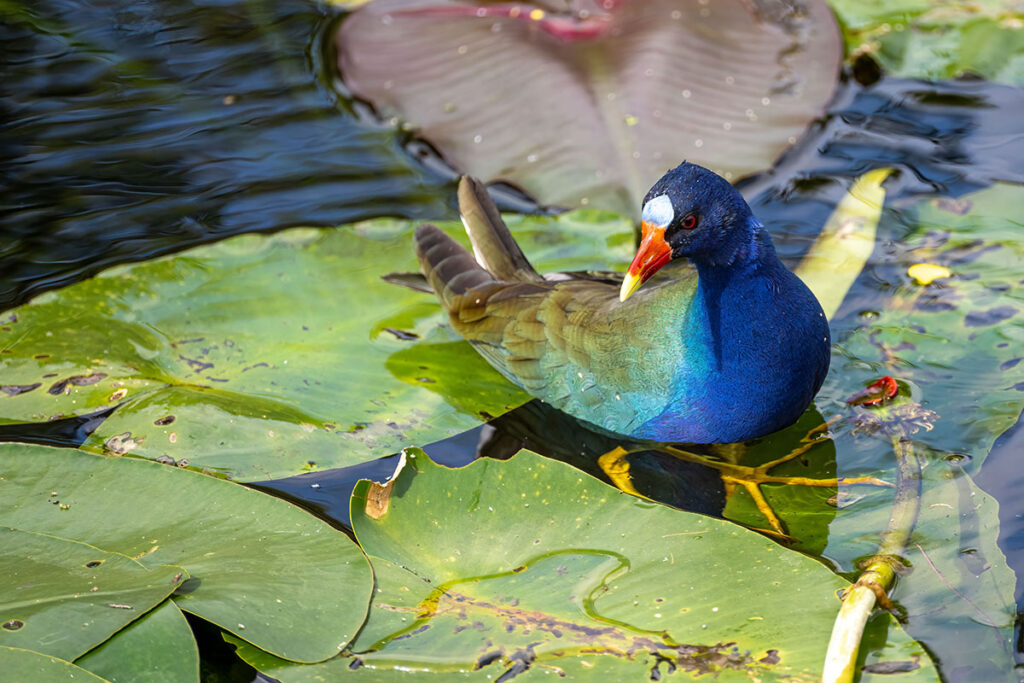
There are many colourful bird species in Florida. Here is a Purple Gallinule, captured with my Nikon Z7II and the Tamron 70-300mm, shot at 300mm f/6.3, 1/640 second, ISO 320.
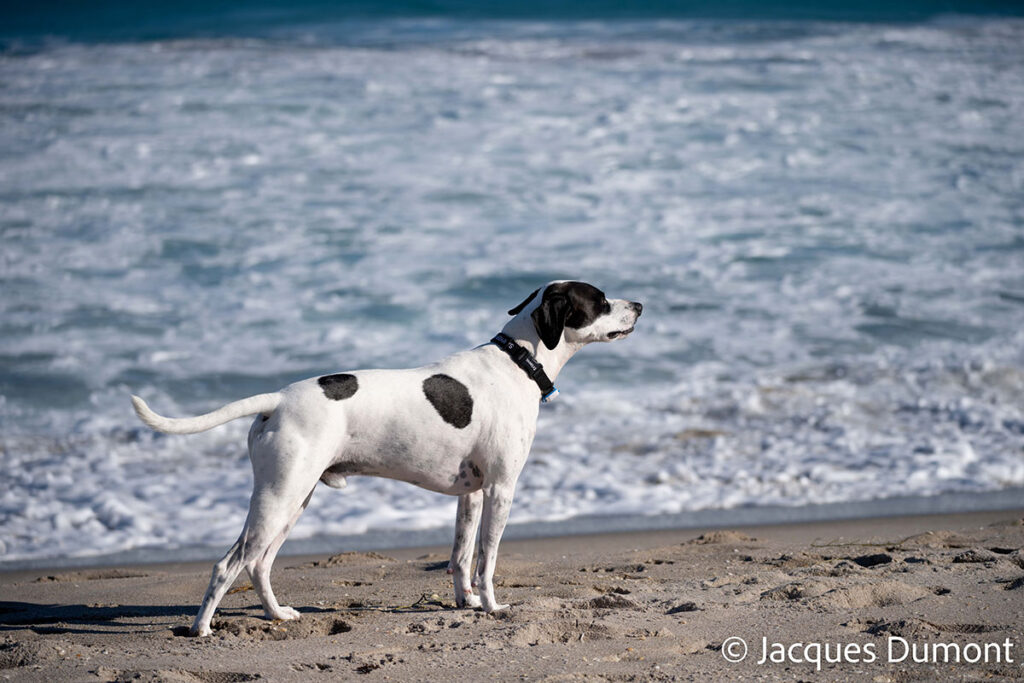
I like the intensity of this dog’s concentration as it assumes the “pointer” pose during a stroll on the beach. Nikon Z7II with the Tamron 70-300mm at 119mm, f/5, 1/1000 second, ISO 64.
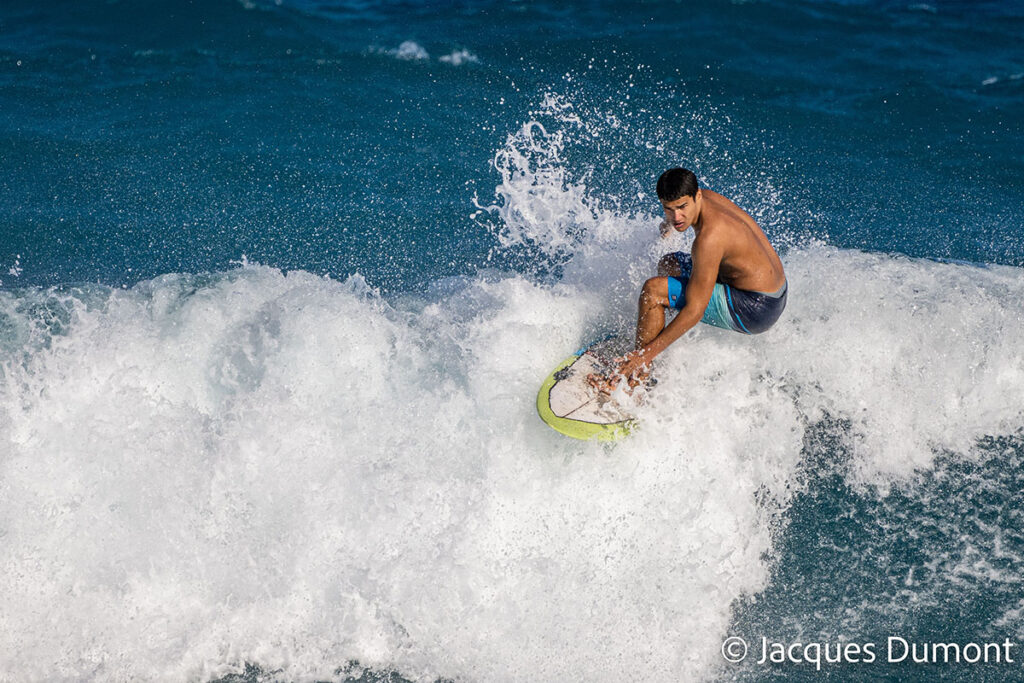
I tracked focus as I waited for this surfer to strike a classic pose. Nikon Z7II with the Tamron 70-300mm at 300mm, f/6.3, 1/4000 second, ISO 320.
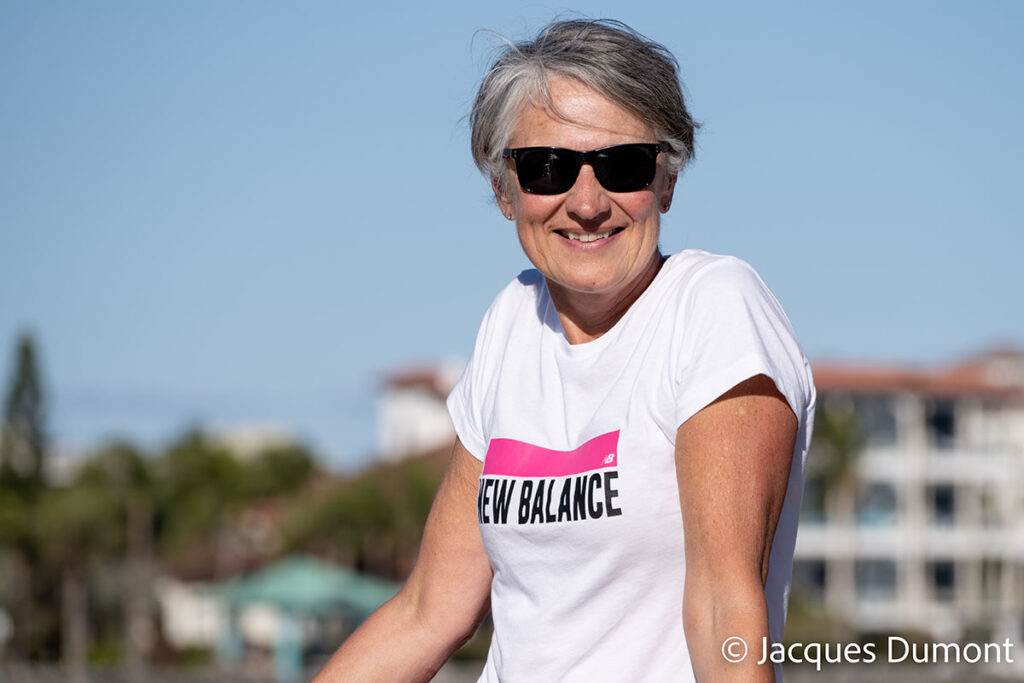
I used the long end of the focal range to capture this portrait of Ginette with my Nikon Z7II and the Tamron 70-300mm, shooting at 263mm, f/9, 1/320 second, ISO 64.
About the Author – Jacques Dumont
Quebec City, Canada.
President and Publisher, ZAK MEDIA www.zakmedia.ca
Responsible for Global Projects – encompassing editorial direction, graphic arts presentation, and commercial marketing and distribution of print, online and multi-media publications, within the photographic and travel sectors.
Jacques’ credits include Publisher of PHOTONews magazine, the largest circulated photo magazine in Canada; Photo Digest; Photo Sélection; and a range of print and digital publications spanning more than 35 years. A professional in the print publication industry, Jacques’ expertise assures the very finest in publication design and print quality – making PHOTO News an ideal medium for the presentation of a wide range of products and services for the photo enthusiasts and professional photographers of Canada and North America.
Jacques Dumont is among the best-known personalities in the Canadian photographic industry. Specializing in photography since 1980, when he launched PHOTO SÉLECTION Magazine (which ultimately changed its name to PHOTO SOLUTION) and continuing to deliver photo enthusiast publications with the 1990 launch of PHOTO DIGEST Magazine, (which changed its name to PHOTO LIFE following the acquisition of that magazine).
After the sale of the photographic magazines in 1994 (Photo Selection and Photo Digest), Jacques remained very much involved in the field of photography in Canada and USA as a member of the PMA, and he served on the board of the CPVTA (Canadian Photographic and Video Trade Association) for several years. An active participant in all international photographic trade conventions, Jacques has attended all of the PMA shows, PHOTOKINA, and major photographic events in North America and around the World, over a period spanning four decades.
A professional photographer and a world traveller with expertise in a wide variety of photographic genres, Jacques brings a full range of management and creative skills to a wide range of projects.
Jacques Dumont l President
ZAK media
T. 418.871.4294
F. 418.871.4295








